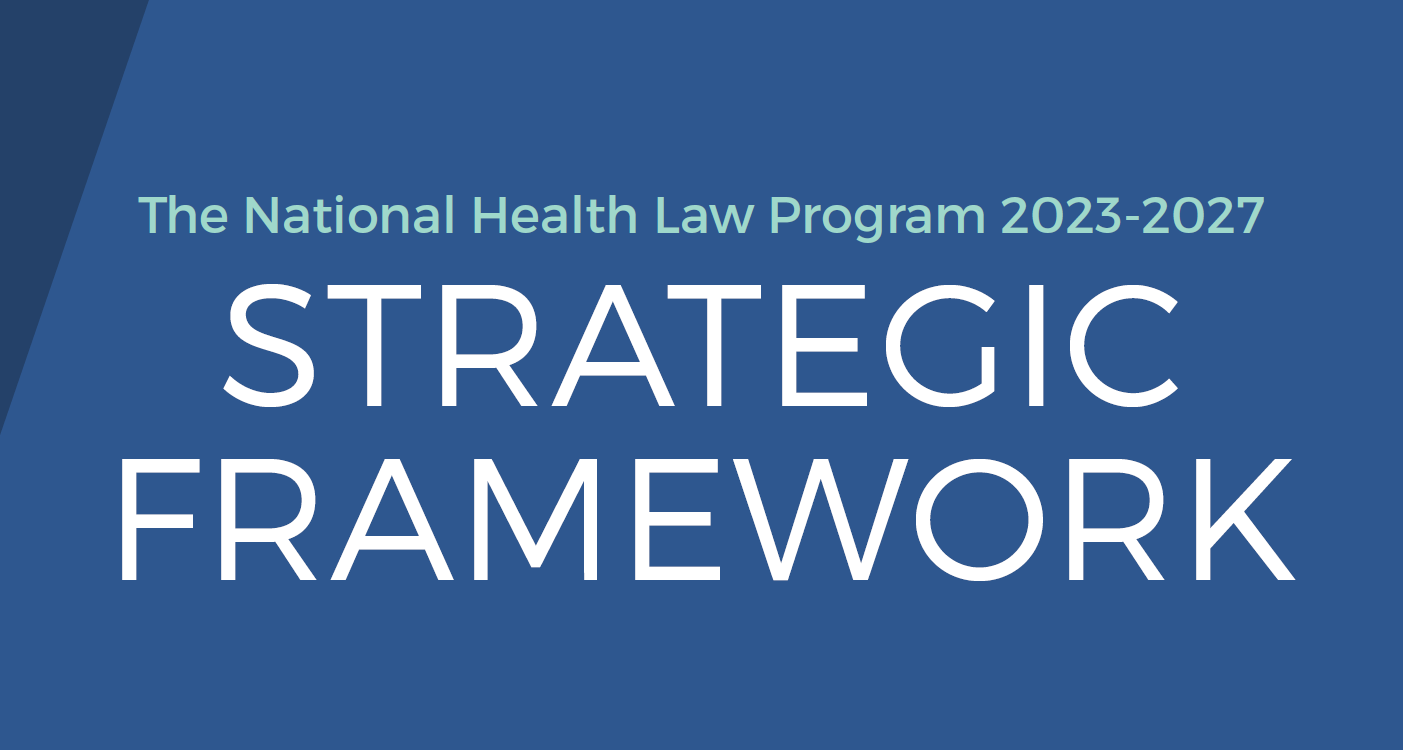How the Supreme Court’s Judicial Activism Compromises Public Health
By John Culhane
The United States Supreme Court poses a serious threat to public health, but not because the majority of the justices are necessarily opposed to laws and policies designed to protect and further public health and safety. The problem, rather, is the justices’ commitment to other projects that they deem more central to their anti-administration and pro-religion ideology. Nowhere has this commitment been more apparent than during the ongoing COVID pandemic, but the court’s activism isn’t limited to that serious public health problem.
When the Occupational Safety and Health Administration (OSHA) published emergency rules that required that all workplaces with at least 100 employees vaccinate the workers against COVID or require weekly testing and masking of those who objected to vaccination, the court struck down the mandate. In National Federation of Independent Business v. Department of Labor, the majority held that OSHA had exceeded its statutory authority to ensure a “safe and healthful working conditions.” In an unsigned per curiam opinion, the court deemphasized the testing and masking options, calling them the “only exceptions.” (They were alternatives, not exceptions.) The decision repeatedly emphasized that OSHA had never done anything on such a wide scale, and said — incredibly — that COVID was not a workplace hazard per se, because the threat of COVID infection applies not only in the workplace, but everywhere. (So does the threat of falling ladders. Yet OSHA has rules governing ladder safety.)
That case was decided in January of last year. Just a few months later, the court dealt a potentially more serious body blow to public health initiatives, at least in the long term. In West Virginia v. EPA, the court invoked the “major questions doctrine” to declare the agency lacked to power to shift the nation’s energy production away from coal and towards cleaner energy sources. In both cases, the text of the enabling statutes provided clear authority for the agencies’ actions. (As the dissenting opinion in West Virginia put it, the court invented the major questions doctrine as a “get-out-of-text-free” card.)
These decisions are both terrible and audacious — terrible because of their potential real-world effects, and audacious because of the court’s eagerness to substitute its own uninformed judgment for that of the regulatory agencies charged with implementing statutes. That the court glibly distances itself from its self-professed reliance on textualism only underscores the justices’ temerity.
COVID-19 also revealed the justices’ overzealous protection of religious freedom; once again, at the expense of public health. “Justices of this Court are not scientists. Nor do we know much about public health policy.” That’s Justice Elena Kagan writing in response to the court majority’s opinion in February 2021 striking down a COVID ban on large gatherings in California as it applied to religious services. She was right, because the ban treated religious services no differently than other gatherings posing a similar risk of transmission. Yet this court’s religious uber alles view led it to this risky decision, and a number of other “emergency” grants of stays from the Supreme Court to religious groups protesting entirely sensible COVID mitigation measures. These rulings have mostly come through the “shadow docket” — an apt phrase for decisions that the court issues without briefing or argument, and often without explanation, either.
Deeply concerning is the Supreme Court’s willingness to subordinate public health policies and concerns to the justices’ pet interests in boosting religious freedom (at almost any cost) and dismantling the administrative state. So what guardrails remain? There are a couple, but they’re not sufficient.
First, Congress can itself pass legislation to protect public health. It did so early on during the COVID epidemic, passing in 2020 the Coronavirus Preparedness and Response Supplemental Appropriations Act (subsequent legislation was mostly about economic assistance to those affected by the virus). But that’s a limited tool. The necessary bipartisan support for legislation is rare. More than that, the complex administrative state and the regulatory commitment to preserving the nation’s health is indispensable. Even if Congress could agree on everything — a possibility not remotely in prospect — they lack the time and expertise to accomplish what agencies like the U.S. Centers for Disease Control and Prevention, the U.S. Food and Drug Administration, OSHA, and others need to do. (And even legislation is suspect to the current Supreme Court if it interferes with religion, however incidentally.)
Second, there’s always state regulation, which forms the hard spine of public health law. But for so many of the contemporary threats to health and safety, a federal response is needed. And that response has been blunted by a court too much concerned with an ideological agenda, and too little appreciative of its properly limited role.
John Culhane is Professor of Law and H. Albert Young Fellow in Constitutional Law and Co-Director of the Family Health Law & Policy Institute at Widener University Delaware Law School.






